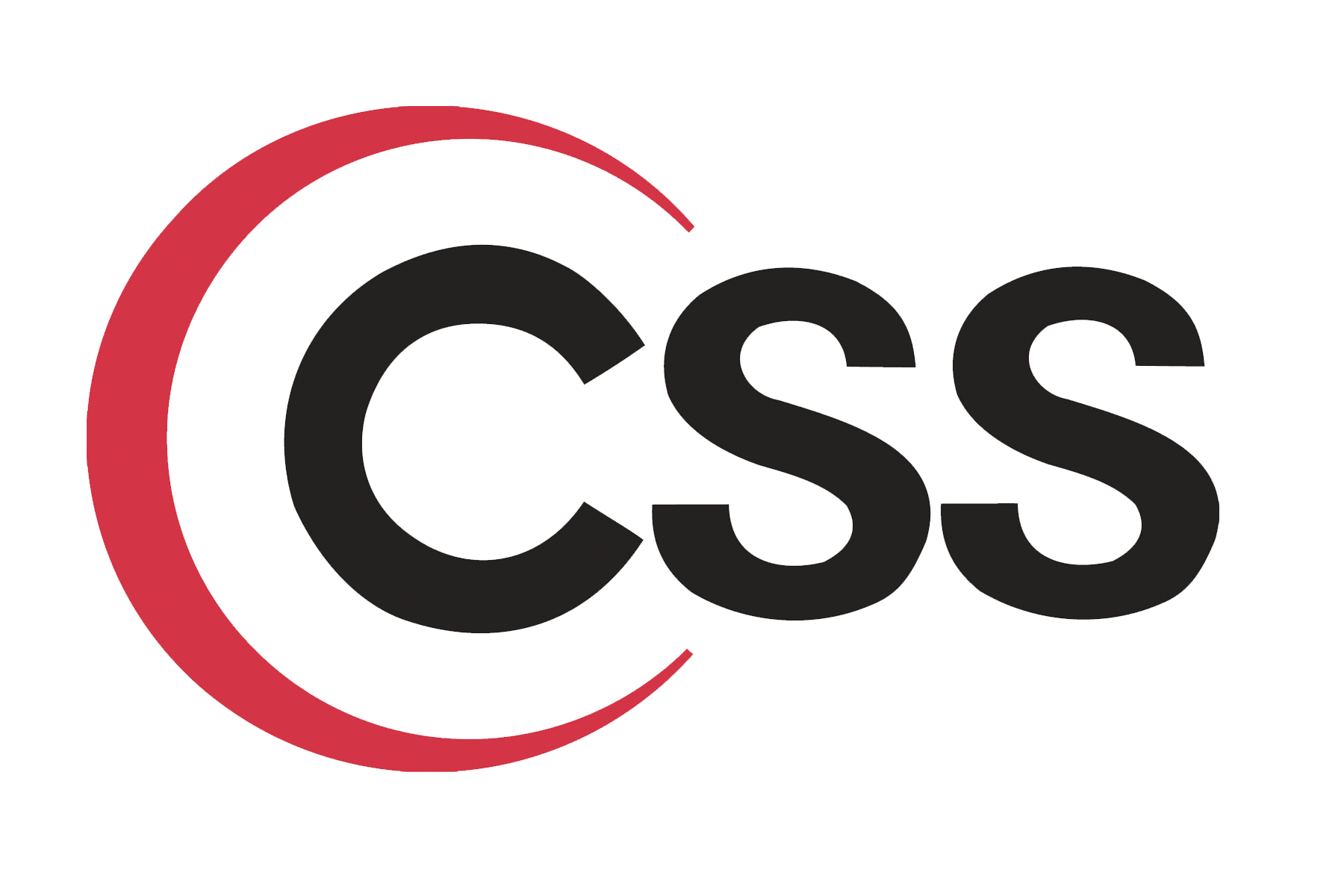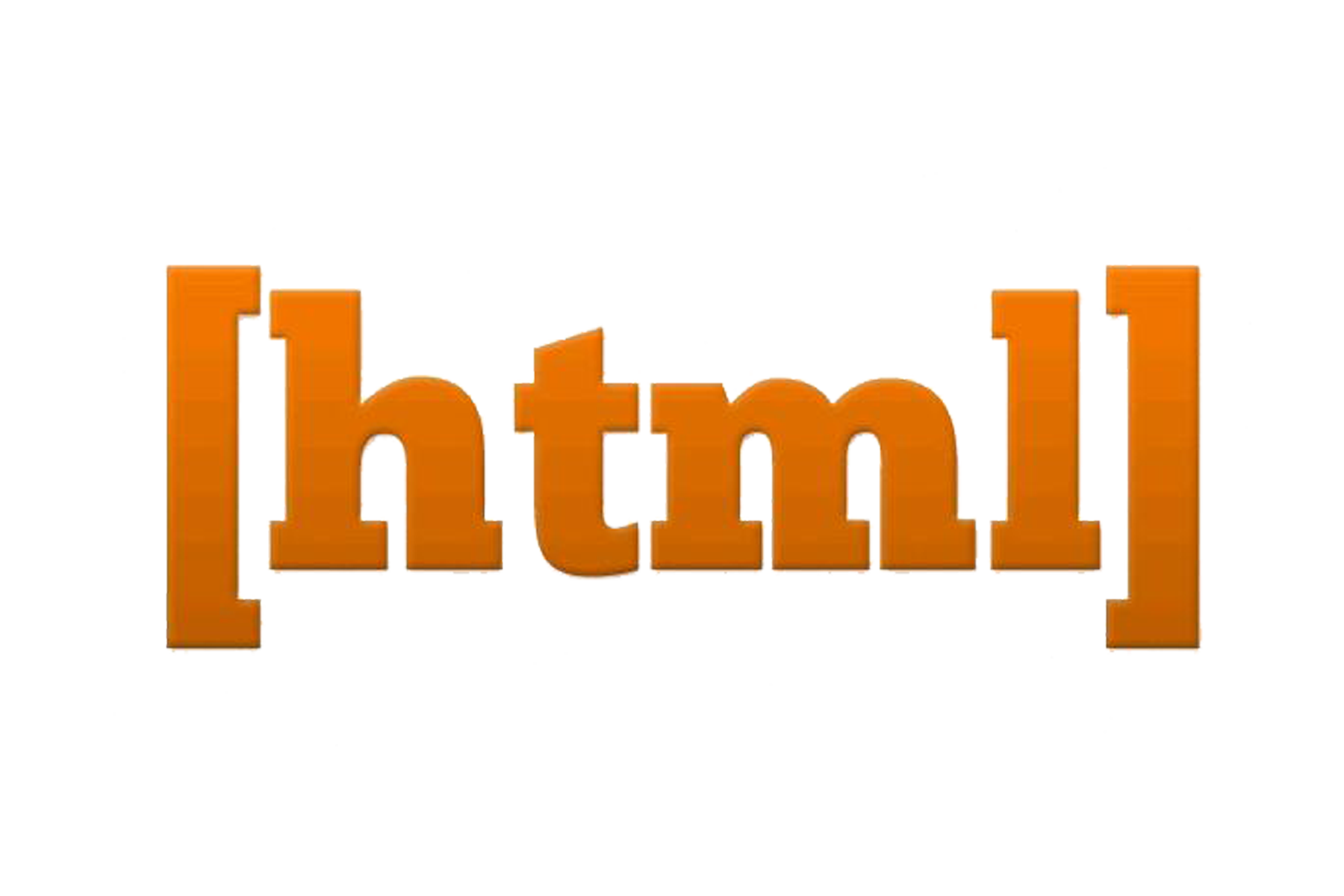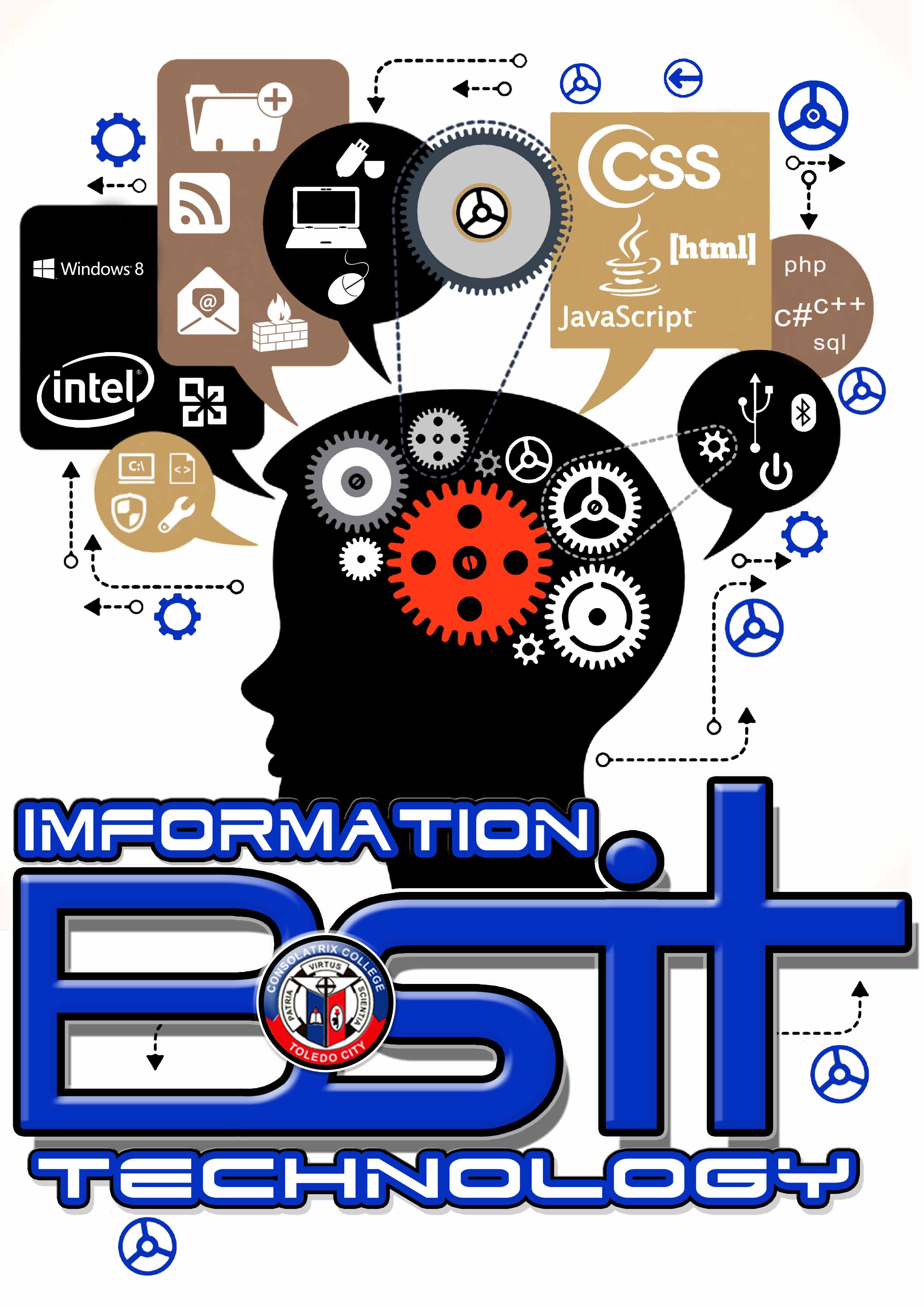Programming language
A programming language is a formal language designed to communicate instructions to a machine, particularly a computer. Programming languages can be used to create programs that control the behavior of a machine and/or to express algorithms precisely.
Binary Number System
A method of representing numbers in which only the digits 0 and 1 are used. Successive units are powers of 2. Also called binary system.
Software
Software means computer instructions or data. Anything that can be stored electronically is software, in contrast to storage devices and display devices which are called hardware. The terms software and hardware are used as both nouns and adjectives. For example, you can say: "The problem lies in the software," meaning that there is a problem with the program or data, not with the computer itself. You can also say: "It's a software problem." The distinction between software and hardware is sometimes confusing because they are so integrally linked. Clearly, when you purchase a program, you are buying software. But to buy the software, you need to buy the disk (hardware) on which the software is recorded.
Categories of Software Software is often divided into two categories. Systems software includes the operating system and all the utilities that enable the computer to function. Applications software includes programs that do real work for users. For example, word processors, spreadsheets, and database management systems fall under the category of applications software.
Computer Hardware
Hardware is a comprehensive term for all of the physical parts of a computer, as distinguished from the data it contains or operates on, and the software that provides instructions for the hardware to acoomplish tasks. The boundary between hardware and software is slightly blurry - firmware is software that is "built-in" to the hardware, but such firmware is usually the province of computer programmers and computer engineers in any case and not an issue that computer users need to concern themselves with.
CSS

Cascading Style Sheets (CSS) is a style sheet language used for describing the presentation semantics (the look and formatting) of a document written in a markup language. Its most common application is to style web pages written in HTML and XHTML, but the language can also be applied to any kind of XML document, including plain XML, SVG and XUL. CSS is designed primarily to enable the separation of document content (written in HTML or a similar markup language) from document presentation, including elements such as the layout, colors, and fonts. This separation can improve content accessibility, provide more flexibility and control in the specification of presentation characteristics, enable multiple pages to share formatting, and reduce complexity and repetition in the structural content (such as by allowing for tableless web design). CSS can also allow the same markup page to be presented in different styles for different rendering methods, such as on-screen, in print, by voice (when read out by a speech-based browser or screen reader) and on Braille-based, tactile devices. It can also be used to allow the web page to display differently depending on the screen size or device on which it is being viewed. While the author of a document typically links that document to a CSS file, readers can use a different style sheet, perhaps one on their own computer, to override the one the author has specified. CSS specifies a priority scheme to determine which style rules apply if more than one rule matches against a particular element. In this so-called cascade, priorities or weights are calculated and assigned to rules, so that the results are predictable. The CSS specifications are maintained by the World Wide Web Consortium (W3C). Internet media type (MIME type) text/css is registered for use with CSS by RFC 2318 (March 1998). Read more
HTML

HyperText Markup Language (HTML) is the main markup language for creating web pages and other information that can be displayed in a web browser. HTML is written in the form of HTML elements consisting of tags enclosed in angle brackets (like ), within the web page content. HTML tags most commonly come in pairs like and although some tags represent empty elements and so are unpaired, for example . The first tag in a pair is the start tag, and the second tag is the end tag (they are also called opening tags and closing tags). In between these tags web designers can add text, further tags, comments and other types of text-based content. The purpose of a web browser is to read HTML documents and compose them into visible or audible web pages. The browser does not displaythe HTML tags, but uses the tags to interpret the content of the page. HTML elements form the building blocks of all websites. HTML allows images and objects to be embedded and can be used to create interactive forms. It provides a means to create structured documents by denoting structural semantics for text such as headings, paragraphs, lists, links, quotes and other items. It can embed scripts written in languages such as JavaScript which affect the behavior of HTML web pages. TML is a formal Recommendation by the World Wide Web Consortium (W3C) and is generally adhered to by the major browsers, Microsoft's Internet Explorer and Netscape's Navigator, which also provide some additional non-standard codes. The current version of HTML is HTML 4.0. However, both Internet Explorer and Netscape implement some features differently and provide non-standard extensions. Web developers using the more advanced features of HTML 4 may have to design pages for both browsers and send out the appropriate version to a user. Significant features in HTML 4 are sometimes described in general as dynamic HTML. What is sometimes referred to as HTML 5 is an extensible form of HTML called Extensible Hypertext Markup Language (XHTML). Read more
JavaScript

JavaScript(JS) is an interpreted computer programming language. As part of web browsers, implementations allow client-side scripts to interact with the user, control the browser, communicate asynchronously, and alter the document content that is displayed. It has also become common in server-side programming, game development and the creation of desktop applications. JavaScript is a prototype-based scripting language with dynamic typing and has first-class functions. Its syntax was influenced by C. JavaScript copies many names and naming conventions from Java, but the two languages are otherwise unrelated and have very different semantics. The key design principles within JavaScript are taken from the Self and Scheme programming languages. It is a multi-paradigm language, supporting object-oriented, imperative, and functional programming styles. The application of JavaScript to uses outside of web pages—for example, in PDF documents, site-specific browsers, and desktop widgets—is also significant. Newer and faster JavaScript VMs and frameworks built upon them (notably Node.js) have also increased the popularity of JavaScript for server-side web applications. JavaScript was formalized in the ECMAScript language standard and is primarily used as part of a web browser (client-side JavaScript). This enables programmatic access to computational objects within a host environment. JavaScript was originally developed by Brendan Eich. While battling with Microsoft over the Internet, Netscape considered their client-server offering a distributed OS, running a portable version of Sun Microsystems' Java. Because Java was a competitor of C++ and aimed at professional programmers, Netscape also wanted a lightweight interpreted language that would complement Java by appealing to nonprofessional programmers, like Microsoft's Visual Basic (see JavaScript and Java). Read more






























 1
1 2
2 3
3 4
4 5
5 6
6 7
7 8
8 9
9 10
10 11
11 12
12 13
13 14
14 15
15 16
16 17
17 18
18 19
19 20
20 21
21 22
22 23
23 24
24 25
25 26
26 27
27 28
28